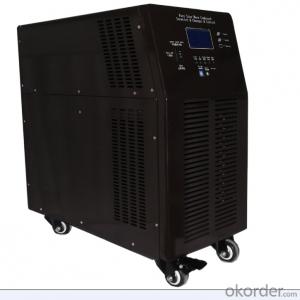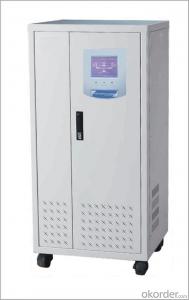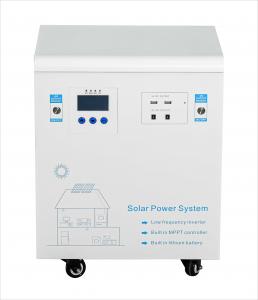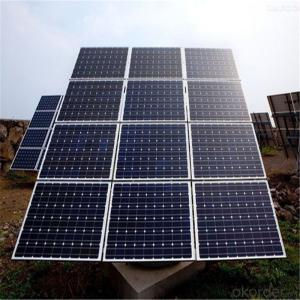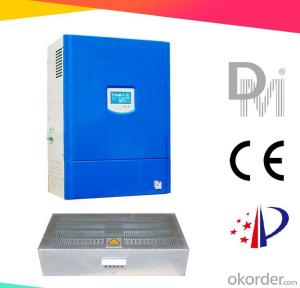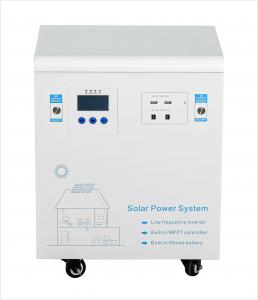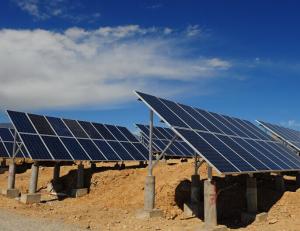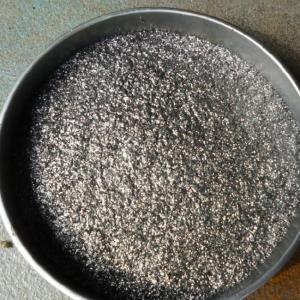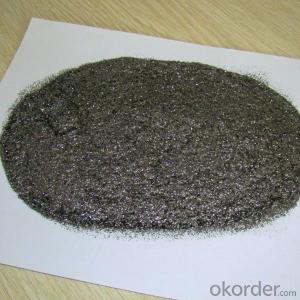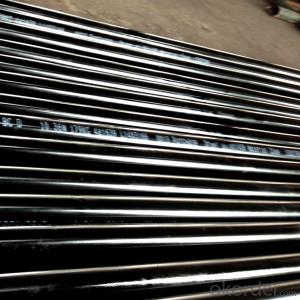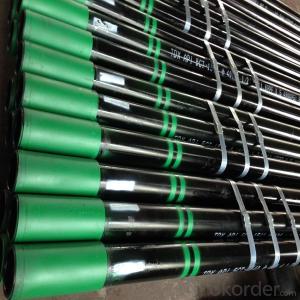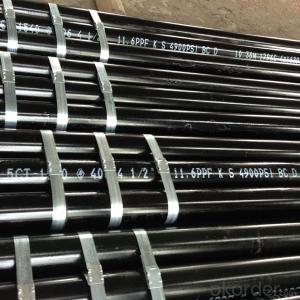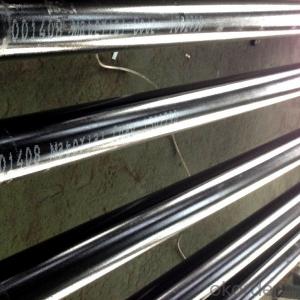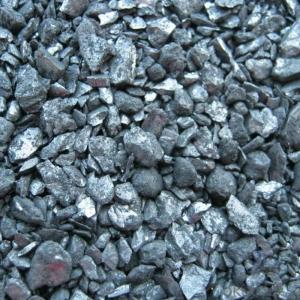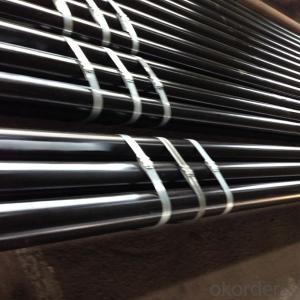2.5 Kva Solar Hybrid Inverter
2.5 Kva Solar Hybrid Inverter Related Searches
2.5 Kva Solar Inverter 2.5 Kw Solar Inverter 2.5kw Solar Inverter Solar Inverter 2.5kw 2.5 Mw Solar Inverter 2.5 Kva Mppt Solar Inverter 25 Kva Solar Inverter 2500 Watt Solar Inverter 3.5 Kva Solar Inverter 25kw Solar Inverter 25kw Inverter Solar 5.5 Kva Solar Inverter 25 Kw Solar Inverter 5 Kw Hybrid Solar Inverter Solar Inverter 3.5 Kva 3.5 Kw Solar Inverter 5.5 Kw Solar Inverter 5kva Hybrid Solar Inverter 3.5kva Solar Inverter 5kw Solar Hybrid Inverter 1.5 Kva Solar Inverter 5kw Hybrid Solar Inverter Solivia 2.5 Solar Inverter 3.5kw Solar Inverter 4.5 Kw Solar Inverter Hybrid Solar Inverter 5kw 2.2 Kw Solar Inverter 5.2 Kw Solar Inverter 2kw Solar Hybrid Inverter 1.5 Kw Solar Inverter2.5 Kva Solar Hybrid Inverter Supplier & Manufacturer from China
The 2.5 Kva Solar Hybrid Inverter is a versatile power solution that combines the benefits of solar energy with traditional power sources. This inverter is designed to optimize energy usage by drawing power from solar panels when available and switching to grid power or a backup generator when solar energy is insufficient. The product's integrated design allows for seamless integration into various electrical systems, making it an ideal choice for both residential and commercial applications.The 2.5 Kva Solar Hybrid Inverter is widely used in various scenarios where a reliable and efficient power supply is essential. It is particularly useful in off-grid or remote locations where grid power is either unreliable or unavailable. Additionally, it can be employed in situations where a backup power source is required, such as during power outages or in areas prone to natural disasters. This inverter's ability to switch between power sources ensures a continuous and stable power supply, making it a valuable asset for homes, businesses, and other establishments.
Okorder.com is a leading wholesale supplier of the 2.5 Kva Solar Hybrid Inverter, offering a large inventory of this product to cater to the needs of various customers. As a reputable online platform, Okorder.com is committed to providing high-quality products at competitive prices, ensuring that customers receive the best value for their investment. With a vast selection of 2.5 Kva Solar Hybrid Inverters in stock, Okorder.com is the go-to destination for those seeking a reliable and efficient power solution for their solar energy needs.
Hot Products



















